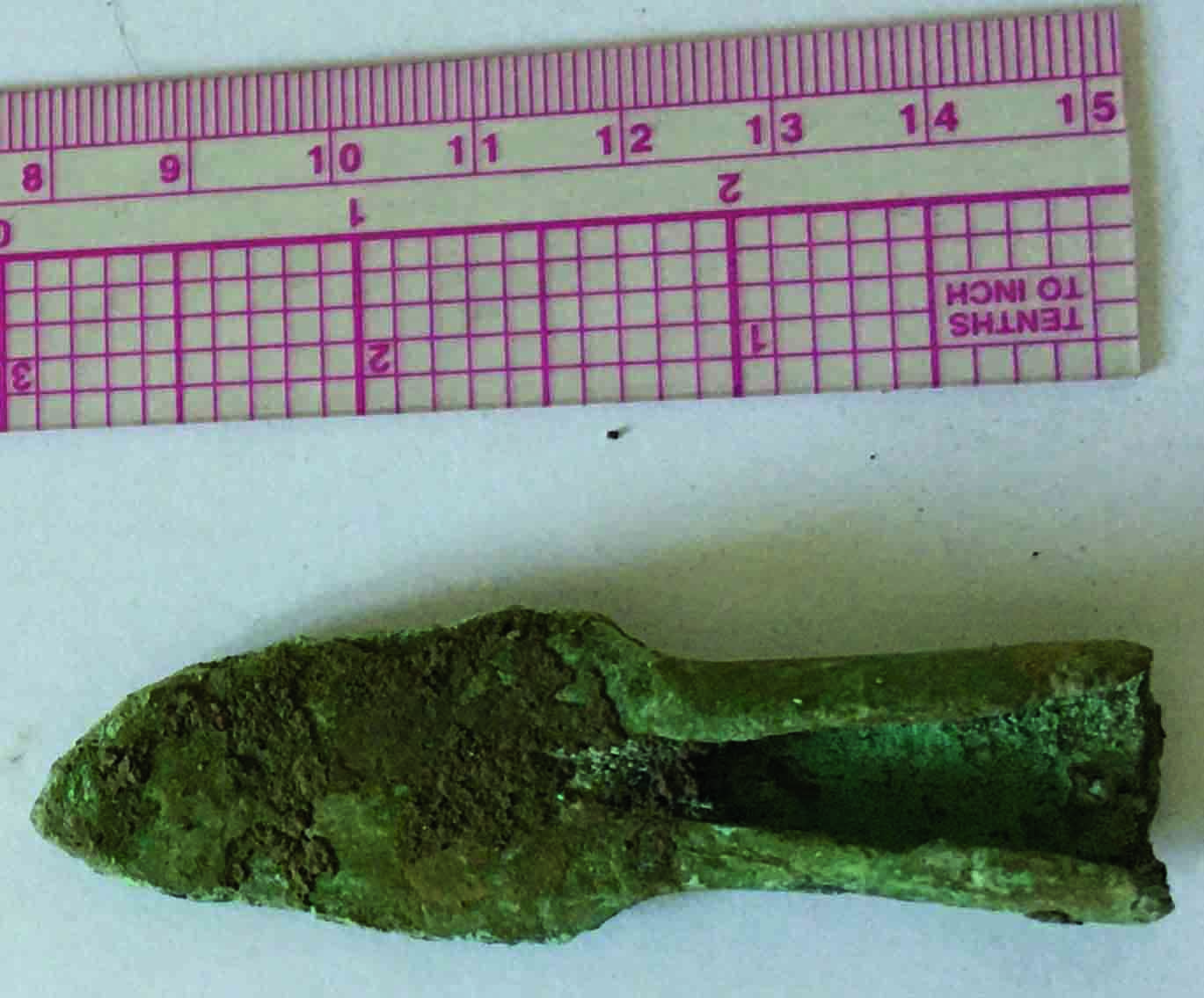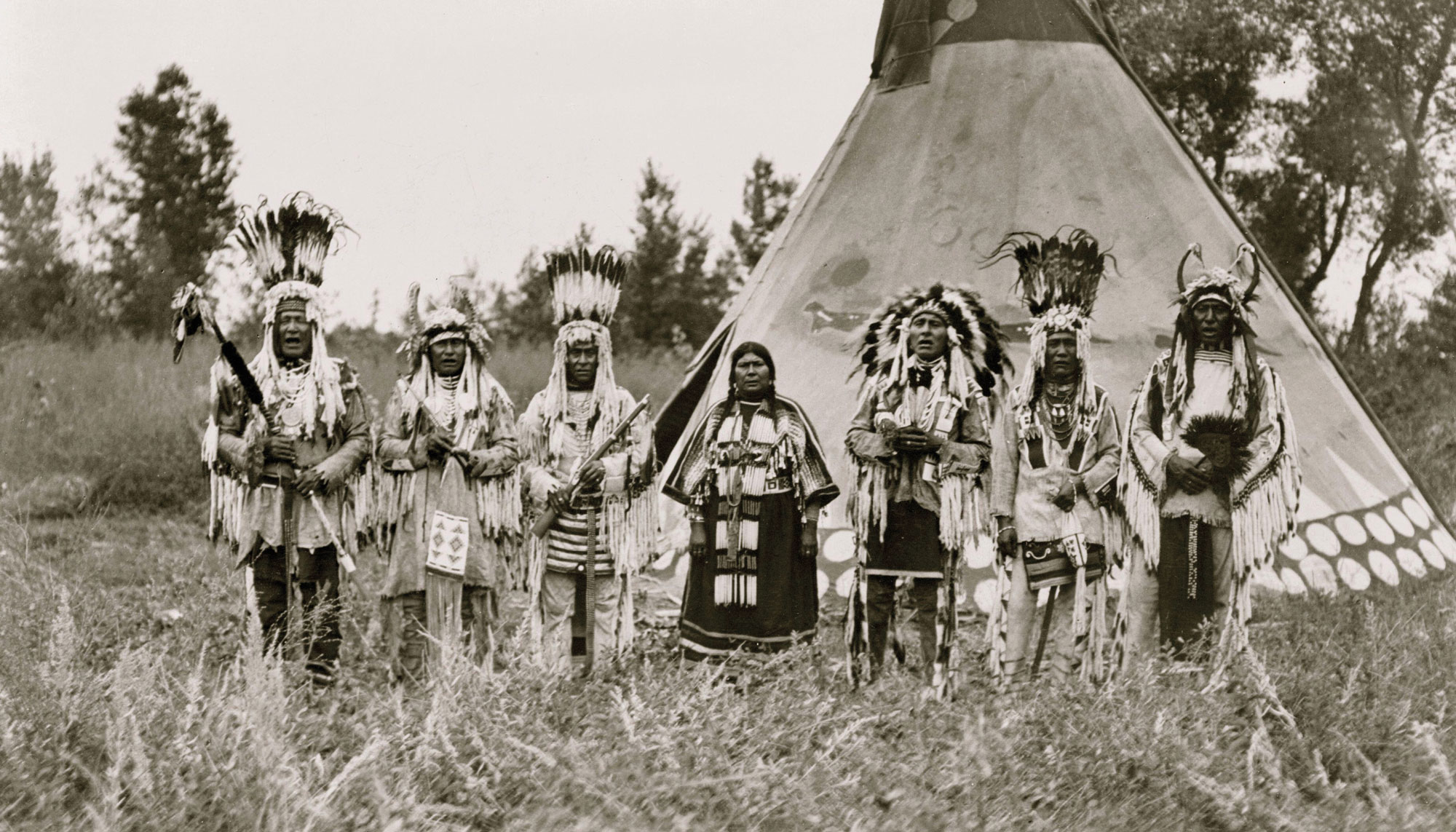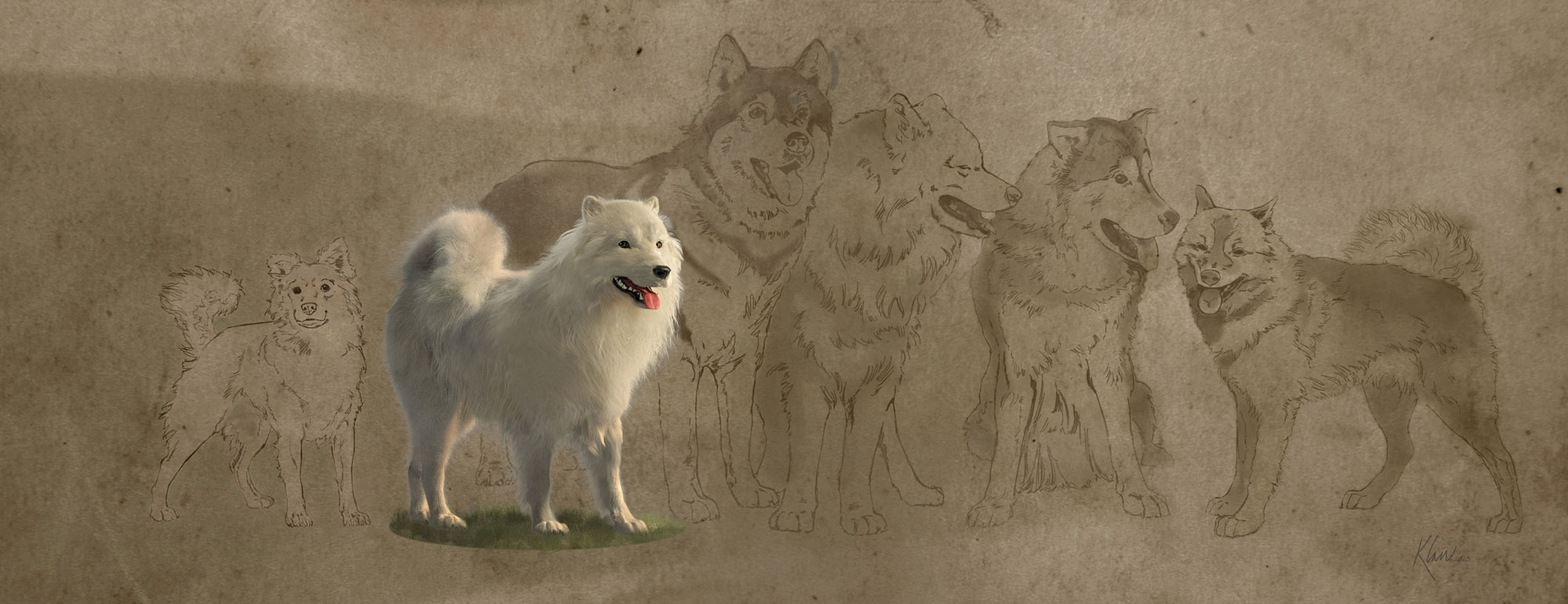
MANHATTAN, KANSAS—According to a Science Magazine report, geologist David Pompeani of Kansas State University and his colleagues have re-analyzed 53 radiocarbon dates and obtained eight new ones for materials associated with the Old Copper Culture of the Great Lakes region of North America. Wood and cordage still attached to copper spear points, and charcoal, wood, and bone found at mining sites, were among the materials that were analyzed. Pompeani said the study suggests that the Old Copper Culture emerged at least 9,500 years ago, and peaked between 7,000 and 5,000 years ago, when the evidence suggests copper use began to decline. Michelle Bebber of Kent State University has replicated ancient copper arrowheads, knives, and awls, and found that the pure, soft copper found in the region produced implements that were not necessarily better than those made of stone, with the exception of copper awls, which she found to be more effective than awls made of bone. The additional time and labor involved to mine the copper may not have been worth the effort, she explained. Pompeani also examined sediment cores and tree ring data from the Great Lakes region, and found that a dry period some 5,000 years ago may have made devoting resources to mining even more costly. However, copper continued to be used to make awls and jewelry, he added. To read about copper smelting technology in Mesoamerica, go to "The Means of Production."










